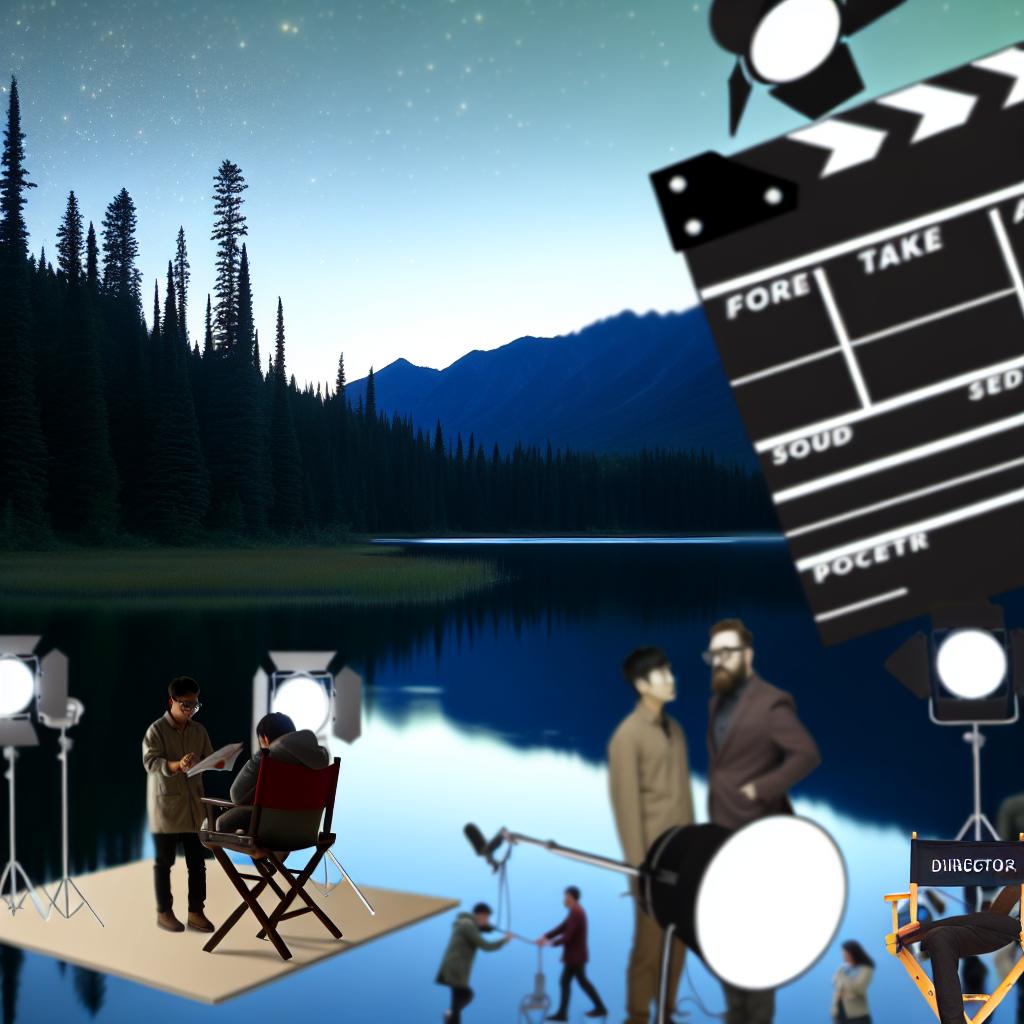The Appeal of Lakes as Filming Locations
Lakes have become increasingly popular as filming locations due to their inherent natural beauty and versatile settings. Whether used to portray serene landscapes or as dramatic backdrops in high-energy scenes, lakes offer filmmakers a unique canvas that cannot be replicated in a studio environment. They provide a blend of tranquility and drama, offering a multidimensional setting that can enhance storytelling and visual impact.
Natural Beauty and Versatility
The allure of lakes as filming locations is deeply rooted in their authentic and dynamic environments. The reflective quality of water can be manipulated to create stunning visual effects that captivate audiences. When combined with the natural landscape surrounding a lake, the possibilities become even more potent. Lakes can serve as compelling backdrops, allowing nature to become an integral part of the narrative.
The versatility of lakes makes them suitable for different cinematic genres. For instance, in romantic dramas, a lake can symbolize tranquility and introspection, often serving as a place where characters find solace or experience personal growth. In contrast, in action-packed thrillers, lakes can be positioned as sites of tension, offering settings for high-stakes pursuits or confrontations.
Remote Locations and Accessibility
Lakes are often found in remote or semi-remote locations, which can provide privacy and control over filming conditions. This remoteness is both a benefit and a challenge. While it offers filmmakers a pristine setting free from urban distractions, it also requires careful logistical planning. Accessibility can vary widely; some lakes may be adjacent to well-paved roads, while others might necessitate helicopters or boats for transporting equipment and crew.
The choice of location involves weighing the benefits of isolation against the practicalities of access. Production teams must carefully assess how to efficiently move their cast, crew, and gear to these more secluded spots. This involves planning routes, securing transport, and sometimes negotiating with local authorities or property owners for access rights. A detailed understanding of accessibility can contribute positively to a production schedule and budget.
Iconic Lakes in Film
Throughout cinematic history, certain lakes have acquired their own fame due to their appearances in well-known films. These bodies of water come with a cinematic legacy, inviting audiences back with each film that showcases them.
One renowned example is Lake Wakatipu in New Zealand, prominently featured in the Lord of the Rings trilogy. The dramatic mountain ranges and expansive waters provided an ideal setting for the mythical land of Middle-Earth. This natural scenery offered a sense of scale and grandeur essential for storytelling on an epic scale.
Similarly, Lake Como in Italy has featured in numerous films, its elegant villas and breathtaking scenery providing an exquisite backdrop for various narratives. This location has been used effectively in both romantic stories as well as in action scenes, offering a setting that is both sophisticated and dramatic. For readers interested in exploring more filming locations featured in movies, the IMDb website offers detailed databases of filming sites around the world.
Environmental and Permitting Considerations
When utilizing lakes for filming, it is crucial to respect environmental regulations and secure the appropriate permits. Filmmakers bear the responsibility of ensuring their projects do not harm local ecosystems or disrupt the natural habitat.
Obtaining necessary permits often involves interacting with local or national governing bodies, who impose regulations designed to protect these delicate environments. Adherence to these regulations is not merely a legal obligation but an ethical one, ensuring that the beauty of these locations can be preserved for future generations.
Non-compliance can result in significant consequences, such as fines or imposing restrictions on future filming efforts. By planning ahead and integrating sustainable practices into their production processes, filmmakers can minimize their environmental footprint while still capturing the magnificent settings lakes offer.
Conclusion
In conclusion, lakes present an invaluable opportunity for filmmakers to capture the untouched beauty of nature, offering unique and compelling settings for a wide range of films. Their capacity to serve both as tranquil retreats and dramatic arenas adds an unmatched depth to cinematic storytelling. With careful and considerate planning, filmmakers can harness the aesthetic power of lakes while respecting environmental guidelines and logistical realities. These bodies of water, with their layered beauty and adaptability, will likely continue to enchant filmmakers for years to come, serving as the canvas upon which stories of humanity, nature, and imagination are vividly rendered.
